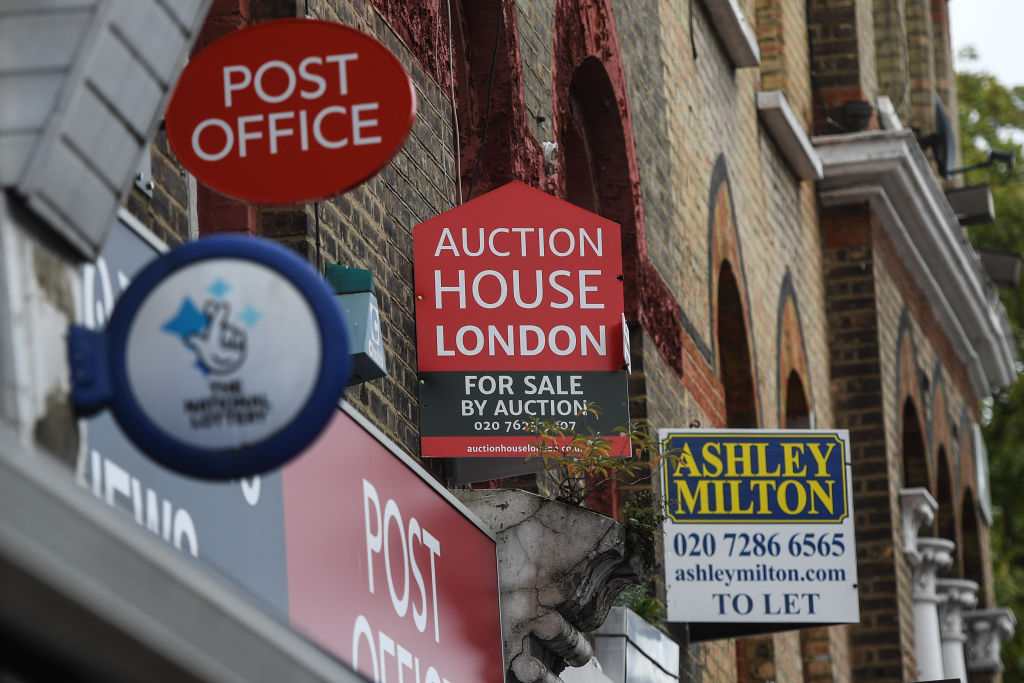We need to encourage home ownership, but Londoners can barely afford to rent

IT COMES down to simple supply and demand economics. When a good or service becomes scarce and demand is in the ascendency, the price will go up. Tenants in the London rental market have found this out the hard way.
It has been exacerbated by the pandemic, which held city rents lower than they should have been, and energy bills and inflation, which is giving landlords an excuse to hike rents.
But the warning lights of a critical shortage of rental properties in the capital, at the same time as raging demand, have been flashing for some time.
April Fool’s Day 2016 may seem an innocuous date for many, but the issues tenants are facing in the London rental market can be traced back to that day.
This was the date that the government introduced a 3 per cent stamp duty surcharge on buy-to-let property and second homes in a bid to boost homeownership.
London has always relied heavily on rental property. It’s a transient city, it pulses each year and people move in and out for a number of reasons – work, study or simply to live in one of the world’s greatest capitals. It needs a healthy private rented sector.
The capital remains a popular region for landlords to buy property, but the introduction of the surcharge has impacted this market more than any other.
Between 2015 – the last year before the surcharge was introduced – and 2019, buy-to-let purchases fell 55 per cent in London. This decrease was more pronounced than any other market in the country and there were more buy-to-let house purchases in the North West than there were in the capital in 2019.
The stamp duty holiday partially and temporarily reversed that trend last year, but purchases in London were still 30 per cent below that 2015 high in 2021, resulting in fewer new rental properties coming into the market.
And what about existing landlords? Well, the evidence suggests that many have sold up in London or have transitioned across to short-term lets, such as Airbnb, where the tax treatment for owners is far more favourable and returns higher.
Figures from Zoopla show that the average lettings inventory of London lettings agents has more than halved since 2016. Propertymark agents’ data showed the availability of rental stock in London has fallen by 71 per cent in 12 months, with an average of just four rental properties available per agent.
All this at a time of surging tenant demand, with more people moving back into the capital or moving homes after the pandemic. In the last three months, 85 per cent of landlords have seen increasing levels of demand, according to our own data.
And so rents are going up – jumping 21 per cent in the second quarter of this year according to Rightmove’s latest numbers.
Despite common assumptions, being a landlord in London isn’t easy. The yields – rental income as a proportion of the property’s value – achieved in central London are the lowest in the country due to the high cost of property. Landlords looking for a greater return could generate better yields buying in other parts of the country or moving in the short-term lets market.
Negative rhetoric has hardly helped landlords’ unfair reputation issue. Renting in London is, yes, a result of the gap between incomes and house prices, but it is also a key part of any metropolitan city with a constantly evolving population.